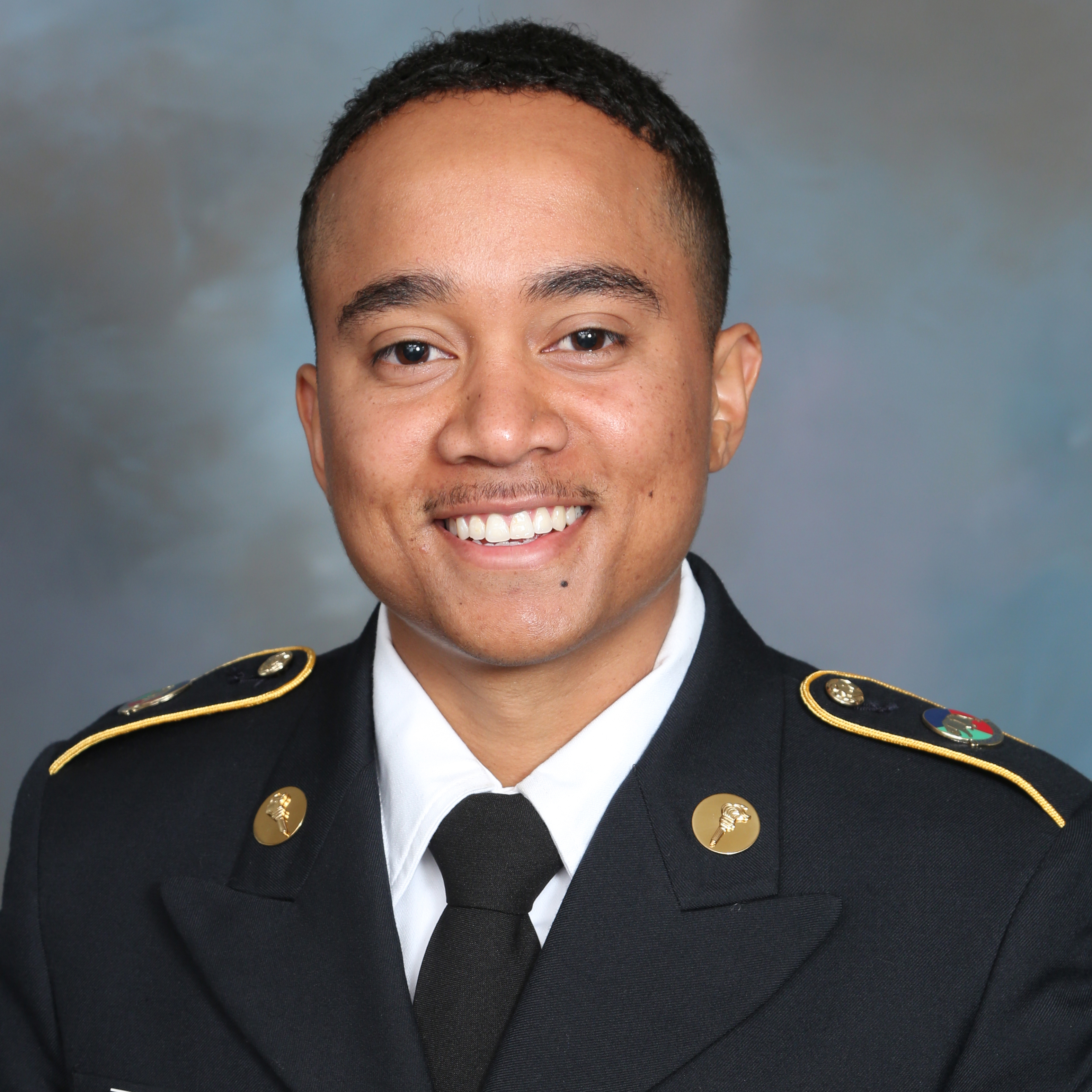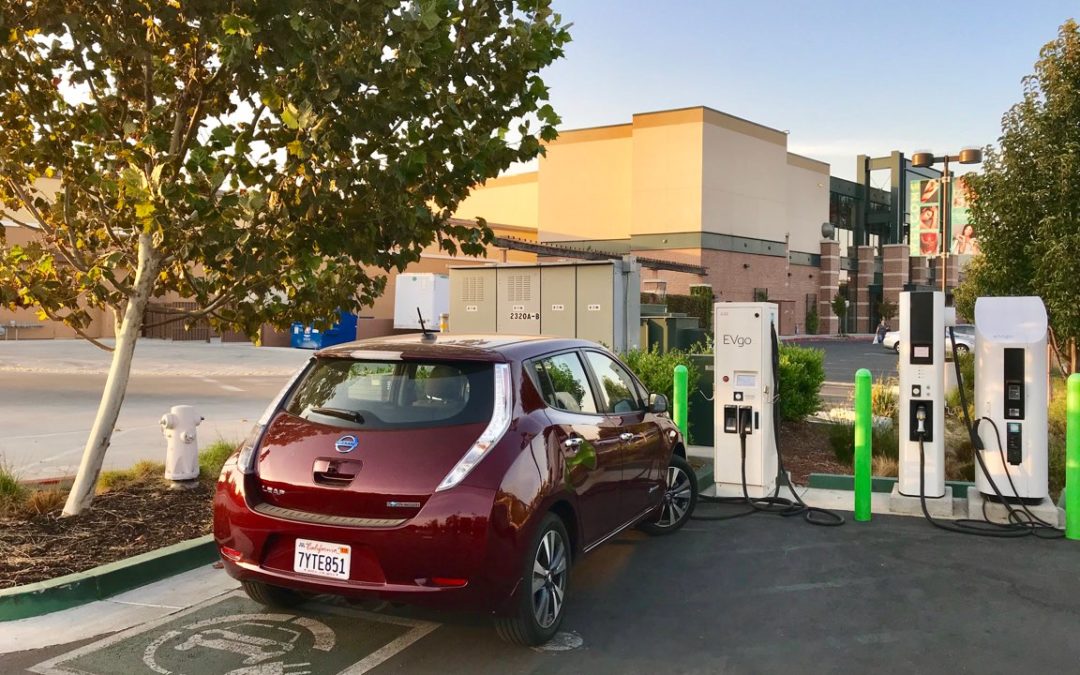
My CleanStart Experience
As an engineering student from California State University, Sacramento I can say that the skills, experiences, and enjoyment I received while working at CleanStart were beyond what I expected. While in school each engineering student is informed throughout their major curriculum to acquire tools to add to their tool belt so that they are better prepared when they eventually enter the job market upon graduation. We are told that every new formula and way to go about solving a problem is a tool that we may later have to call upon to help us in our future careers. It with the mindset of collecting tools that I decided to seek out an internship with CleanStart. While I feel that school has prepared me academically for my job search, I craved something else that would allow me to excel in all aspects of my future career. Working at CleanStart has allowed me to experience a dynamic work place where I would have to wear the hat of many different positions. I gained the opportunity to visit many different companies in the Sacramento area with the purpose of interviewing their leadership to gain as much knowledge as I could to better understand every aspect of their company I was interested in. This task alone was an experience that helped me to better understand the business aspects of some companies as well as the manufacturing and product development portions that intrigued my engineering mind.
While the dynamic function of the job is was something of interest to me, it was the sustainability portion of the job description that caused me to want to be a part of CleanStart. Sustainability is lightly touched upon in undergraduate program for mechanical engineering students and unless actively sought out will not be something too many student are familiar with upon graduation. Working at CleanStart as an intern I feel that I learned more about sustainability than anywhere else. I had no idea that there were so many different companies in the Sacramento region that created companies that had sustainability and clean technologies as their driving force. By interacting with the many companies that I had the opportunity to meet with I felt that I was able to learn so much more about the practical applications of clean technologies and where exactly then fit in the open market. The knowledge I gain from working with Thomas Hall and Gary Simon will definitely be one of my most powerful and useful tools I expect to use in my tool belt

ABOUT THE AUTHOR
CleanStart has a new face supporting the region’s Entrepreneurs. Renonedo Williams is a CSU Sacramento Mechanical Engineering Student who is the newest intern at CleanStart. He is entering his final semester at Sac State and is looking forward to connecting with as many clean tech startups as possible and understanding each of their value propositions, to connect his enthusiasm of building things to his goal of being his own boss. Renonedo has a background in design and material selection










